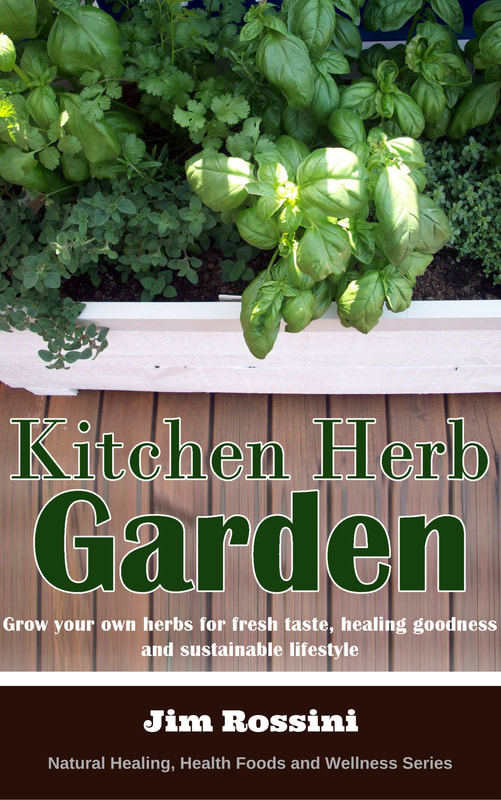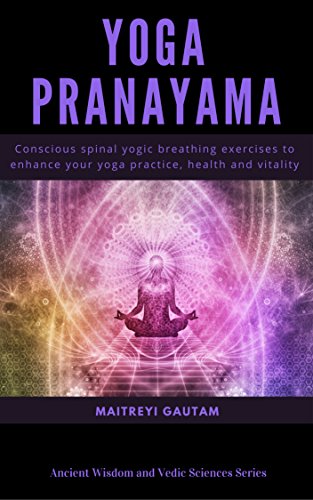The term "homesteading" originally referred to government programs in several countries, including the United States and Canada, that provided land to people at little or no cost. In return, these homesteaders were often required to develop and improve the land by building a dwelling and cultivating crops. The U.S. Homestead Act of 1862 is a well-known example of this kind of program.
Modern homesteading does not necessarily involve acquiring free land from the government, but it does often involve a conscious choice to live in a more self-reliant and sustainable way. This might include growing organic gardens, raising chickens or other animals, using renewable energy sources, practicing conservation, and learning traditional skills like woodworking or blacksmithing.
Some people pursue homesteading as a full-time lifestyle in rural areas, while others may adopt elements of homesteading in urban or suburban settings, such as keeping a vegetable garden or making homemade products.
Homesteading can be seen both as a reaction to modern consumer culture and a desire to live a more authentic, grounded existence.
The homesteading movement has seen a resurgence in popularity in recent years, driven by a growing interest in sustainability, self-reliance, and a desire to reconnect with nature. Many people see it as a way to take control of their lives and make a positive impact on the environment.















